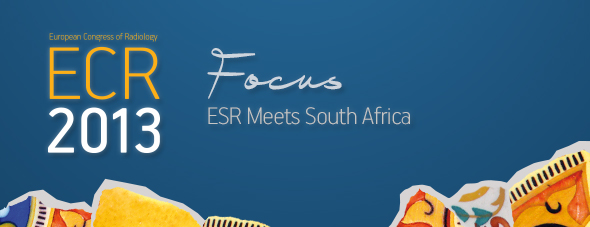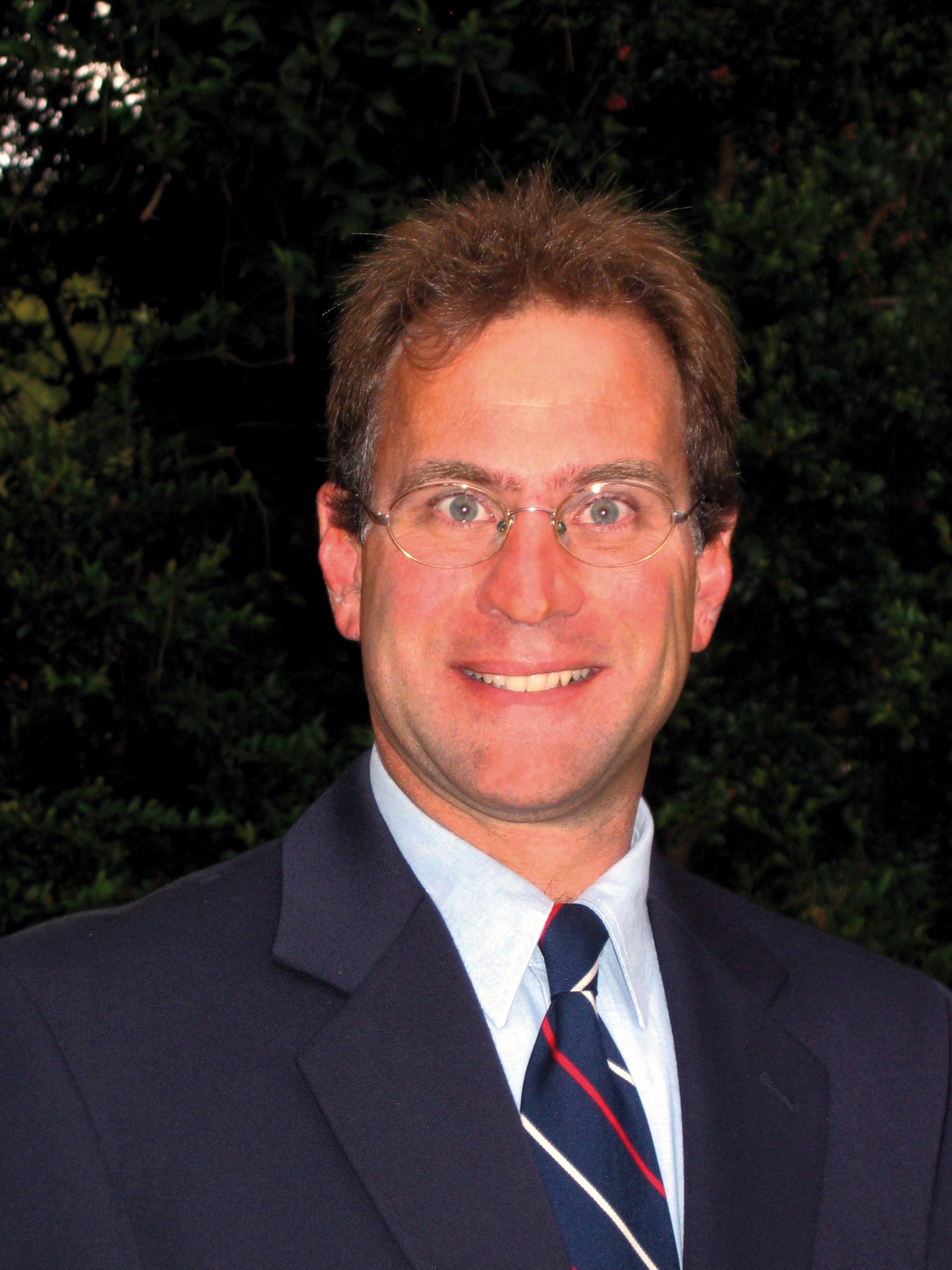ECR 2013 Focus: ESR Meets South Africa

The Radiological Society of South Africa (RSSA) will be a guest of honour at ECR 2013, as one of the three national radiological societies participating in the ‘ESR Meets’ programme. The society, which represents radiologists from South Africa, Namibia and Botswana, is the second African radiological society to have been invited to take part in the popular programme. In a dedicated session that will hopefully begin a new area of collaboration between African and European radiologists, the RSSA’s delegation will focus on two of the biggest health issues in the region: HIV and tuberculosis.

RSSA President, Doctor Clive Wyndham Sperryn from Cape Town.
South Africa has been experiencing one of the worst TB epidemics in the world, second only to neighbouring Swaziland, with disease rates double those of other developing countries and up to 60 times higher than in Europe or the USA. With an incidence of 981 per 100,000 reportedly sick patients in 2010, TB is the leading cause of death in South Africa, and the burden of the disease is exacerbated by the prevalence of HIV infection, the highest in the world, with an estimated 5.6 million infected people, or 10.5% of the population in 2009*. The burden on society is enormous and so is the challenge for medical staff, whose main concern is occupational exposure to tuberculosis.
“Tuberculosis is not an isolated problem of the developing world, since developed countries are also experiencing an increase in TB incidence,” said RSSA president, Doctor Clive Wyndham Sperryn from Cape Town. “But the TB trend needs to be assessed in the context of HIV. Between 60% and 75% of TB patients are coinfected with HIV, and South Africa accounts for 28% of the world’s population living with both TB and HIV. We often have patients with active TB in our departments and this poses infection control problems. The risk of occupational exposure to HIV is also a concern, but it is more manageable, since contagious fluid precautions are standard, and any high risk exposure is immediately apparent and can be managed accordingly,” he said.
Imaging is central to HIV management. It has enabled a better understanding of AIDS pathogenesis, particularly with regard to the imaging appearance of caseous necrosis on MRI. Images are also very useful in the diagnosis of HIV-related TB and follow-ups of recurrences and complications, particularly in children. Many researchers are working with CT, MRI and PET/CT on different HIV manifestations, such as toxoplasmosis of brain vs metastases, cryptococcal infection, brain lymphoma, Kaposi sarcoma, etc. Further MRI research backed up by tissue diagnosis is needed in this area, Sperryn believes. Chest x-ray is still the first modality being used in the diagnosis of TB and HIV-related diseases such as pneumocystis; IRIS syndrome; and in paediatric HIV, pneumocystis jiroveci syndrome.
“Primary care facilities usually deal with HIV/TB and thus mainly perform CXRs, while secondary and tertiary centres deal with complications,” Sperryn said. More MR examinations, increasing subspecialisation, and closer cooperation with other disciplines could further improve patient prognosis, he believes.
Further improvements in TB management could be made by raising the index of suspicion, having better knowledge of specific patterns of disease and increasing the funding for clinical research. Extending screening studies to family members would also be helpful, he recommended. Cooperation with radiologists from other countries is important in the long term, and Sperryn hopes that it will be boosted by South Africa’s participation in the ‘ESR meets’ programme, by enabling international radiologists to forge links.
“Cooperation between African and European radiologists is limited and often confined to meetings at congresses. We appreciate the hand of friendship extended by the ESR and hope that we will be able to introduce others to the region, share our challenges and tempt those who have not been to South Africa to visit a diverse and spectacular region. We also hope to attract more international experts to visit South Africa and possibly future collaborations. We certainly appreciate the ESR opening up places in the visiting fellowship programmes to radiologists from outside the EU. The radiologists who have participated have returned with renewed skill and enthusiasm,” he said.
The ‘ESR meets’ programme needs to be followed by other initiatives in order for collaboration to really come into effect, according to ECR 2013 Congress President, Professor José Ignacio Bilbao from Pamplona, Spain.
“The programme is an excellent initiative but I don’t think that it should limit itself to a single session at ECR 2013. The ECR organisers and the ESR should be looking for a way to reach out to the whole African continent and other areas of the world to improve patient management and education. We should invest in a global initiative, which was started at ECR 2012 with ‘ECR Goes to’, to offer our expertise and share our knowledge with radiologists who can’t easily attend the ECR, because it is too far. Other structures of the ESR, such as the European School of Radiology (ESOR), could also help to achieve these goals,” he said.
Saturday, March 9, 10:25–12:00
ESR meets South Africa
EM 3: Imaging HIV and TB
* Figures published by international AIDS charity AVERT (www.avert.org)
This interview previously appeared in the ECR 2013 Preliminary Programme

